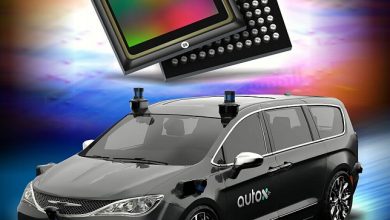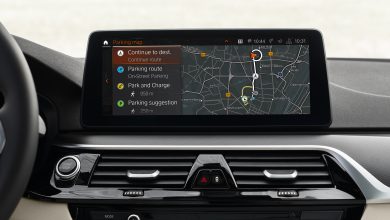Nissan Invests in Intelligent Factories to Develop Next Generation Vehicles
Nissan announced a substantial investment in advanced technologies and equipment for its factories around the world to help deliver a new generation of electrified and intelligent automobiles that embody the company’s Nissan Intelligent Mobility vision, while also making production operations more flexible, efficient and sustainable.
Following an initial investment of about 33 billion yen at the company’s Tochigi Plant in Japan, with work to finish in 2020, the technologies will be rolled out across factories globally. This latest investment represents a necessary rethinking of conventional carmaking and tackles the structural and technical challenges of producing vehicles that will lead the industry in a new era of electrification and intelligence.
Nissan’s investments will address a number of key issues:
Building the future of mobility: Nissan’s next generation of cars will be electrified, intelligent and connected. This adds new complexity to design and construction, requiring major advancements in production engineering. One such advancement is the “universal powertrain mounting system” developed by Nissan’s Production Engineering Research and Development Center.
Bringing craftsmanship to robots: Nissan has developed certain specialist skills and processes that, until now, could only be performed by trained craftspeople. Through an intensive collaborative process, Nissan’s craftspeople and engineers have digitized parts of these delicate processes and “trained” robots to perform them around the clock. This will allow the craftspeople to focus on new, unexplored areas of expertise.
Making better workplaces with robots: Robots can now perform certain strenuous tasks efficiently, freeing workers to perform more valuable jobs elsewhere on the line. This also improves ergonomics, making factories easier places to work. Workers must enter each vehicle’s cabin to perform this physically demanding job. The task has become even harder as cars come with more connected features, adding to the number of devices in and around the headliners. Nissan’s solution is to use robots to insert the headliner through the front of the vehicle and then fasten it. Sensors monitor changes in pressure and use a proprietary logic system to determine when the clips have snapped securely into place.
Lower environmental impact: Nissan is also working to reduce the environmental impact of building cars. Changes in the painting process are especially noticeable. Car bodies must usually be painted at high temperatures, because the viscosity of paint is hard to control at lower temperatures. By contrast, bumpers are made of plastic, so they need to be painted at low temperatures. This requires two separate painting processes for one vehicle. Nissan has developed a water-based paint that maintains the right viscosity at low temperatures, so that bodies and bumpers can be painted together. This will cut carbon dioxide emissions from the process by 25%. It will also use a water-free painting booth that makes it possible to collect all waste paint and reuse it in other production processes.
Source: Press Release



